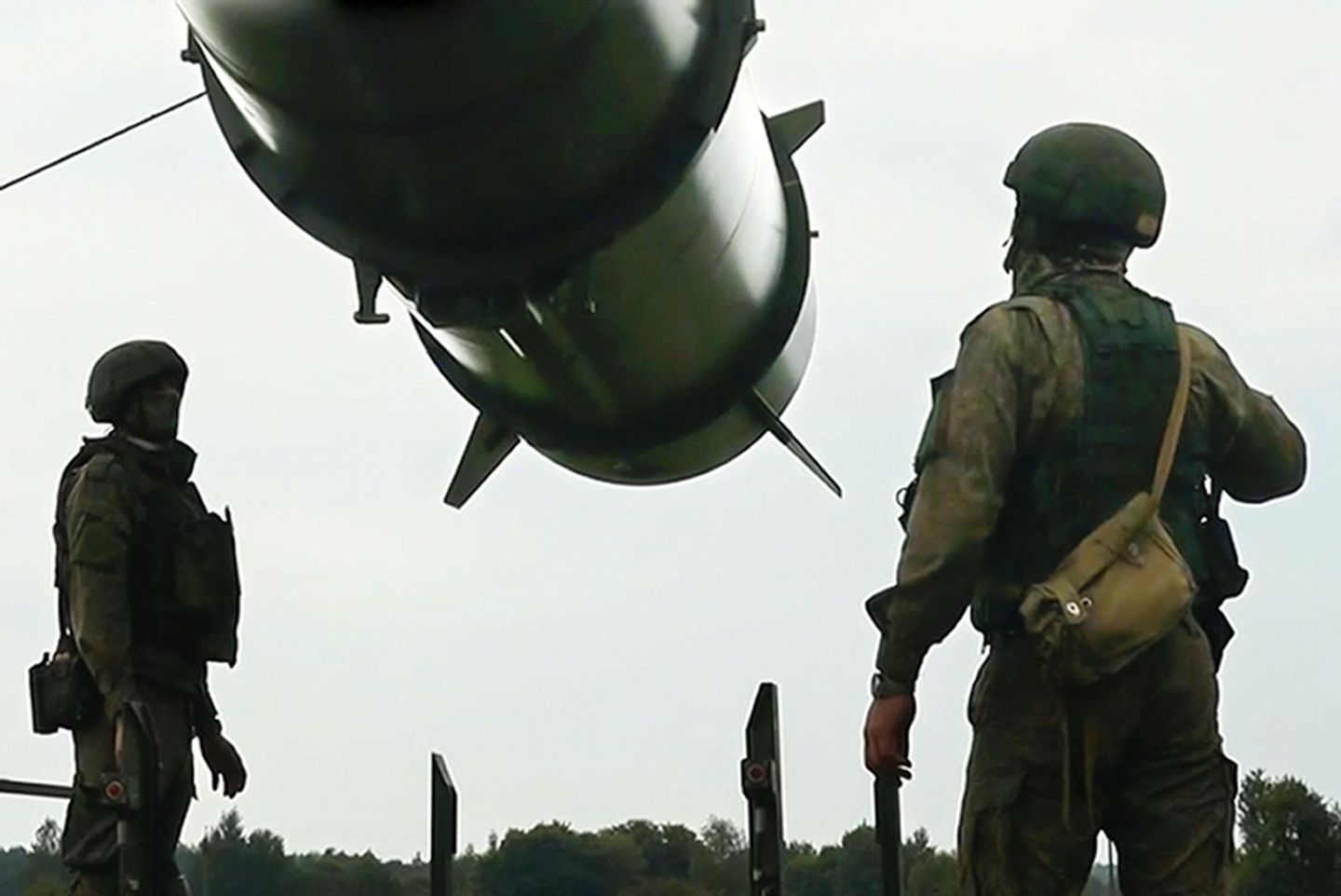
The Pentagon’s former director of research and engineering for modernization chaired a panel for the Air Force in 2015 that examined the threat posed to U.S. security by high-tech weapons like hypersonic missiles. They concluded that it was a major issue that wasn’t going away.
“One of the members of the panel wanted to title the study: ’We’re Screwed.’ That was 10 years ago,” said Mark Lewis, now CEO of Purdue University’s Applied Research Institute. “We sounded the alarm that we were in a race. We’re still in a race and we’re falling further behind.”
On Tuesday, Mr. Lewis was part of a panel hosted by The Washington Times’ Threat Status on the technology required for President Trump’s Golden Dome missile defense initiative.
Mr. Lewis said the U.S. must accelerate offensive and defensive capabilities versus the missile threat from its adversaries.
“Every time we war-gamed various scenarios when I was at the Pentagon, when we were facing an adversary that had these advanced missile capabilities and we didn’t have an effective system or our own offensive system, we lost — every single time,” he said. “We need these capabilities if we’re going to compete with our potential peer adversaries.”
Retired Air Force Lt. Gen. Christopher Bogdan said relying on ground-based interceptors won’t be sufficient to counter a barrage of enemy ballistic missiles.
“A space-based constellation of small satellites that covers the Earth will have the ability to intercept those missiles much earlier,” said Gen. Bogdan, now executive vice president of Booz Allen Hamilton. “Each of those small satellites can do a number of things. Every satellite in the constellation can talk to and know what every other satellite knows.”
America’s Missile Defense Agency noted in 2020 that the U.S. also needed a new fire control architecture as part of its missile defense system, said Ed Zoiss, president of space and airborne systems for L3Harris Technologies.
“If you can’t see it, you can’t shoot it down,” he said. “What’s challenging with these new threats is that they become unseeable by our ground and sea-based radar systems because they have the ability to maneuver around.”
The only way for the U.S. to adequately monitor an adversary’s ballistic missiles will be to “move that fire control calculus up into space,” Mr. Zoiss said.
The panel said it should take 40 to 50 anti-ballistic missile satellites to cover U.S. territory and about 100 for worldwide coverage. Gen. Bogdan said satellites could be used as a “hit to kill” vehicle to take out the enemy missiles.
“They will have the ability to start a maneuver and then home in on those ballistic missiles and defeat them in their boost ascent phase,” he said.
Golden Dome is a system with a number of gaps that still need to be filled before it can provide a shield against ballistic missiles. The Reagan era Strategic Defense Initiative failed partly because the cost of sending thousands of satellites into space was too expensive, Gen. Bogdan said.
“But the cost of launching large constellations of small satellites have dropped so much,” he said.












